Eyes in the Dark: The Curious Case of One Victoria Bloom is a charming roguelike adventure that features a unique weapon for players: a flashlight. Our young hero, the eponymous Victoria Bloom, fights an array of terrifying shadow monsters as she attempts to discover her family history and the mysterious mansion they constructed. The flashlight is an exceptionally versatile weapon players modify each run, renovating the weapon to discover multiple combinations and handle the many adversaries awaiting them in the dark.
We had the chance to sit with the development team at studio Under the Stairs’ founder and director Vladimir Bogdanić and game designer Filip Neduk. We discussed the versatility of the flashlight, how the team blended the three items in Victoria’s arsenal to complement each other, and the design of the Bloom family mansion. Make sure to also read our review on Eyes in the Dark.
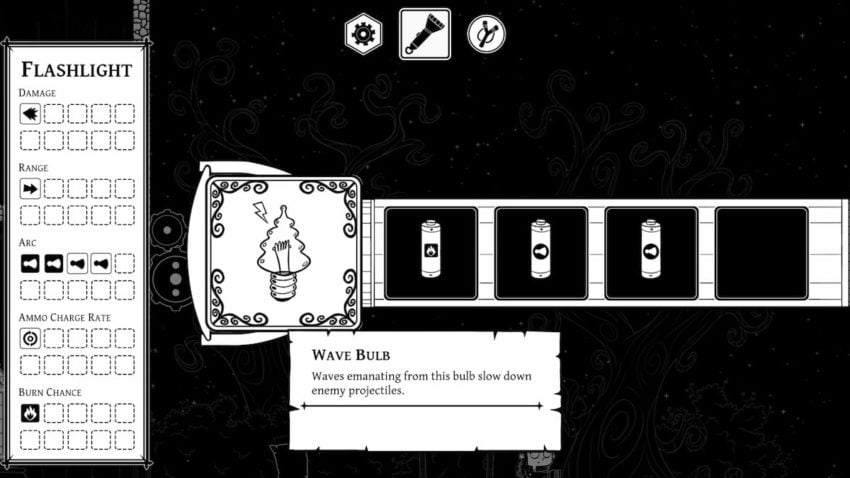
The flashlight is Victoria’s core weapon throughout her adventure and is something you vastly customize throughout your run through the mansion — although the flashlight was not an immediate option for Victoria. “We did not plan for it, we just jumped at it,” Neduk explained. “When I was drawing for the game, I was drawing Victoria with a flashlight and her breaking the darkness. It looked like a cool mechanic at the time, and that’s when the lightbulb came up.” Eyes in the Dark was created during Game Jam, and at that time, the team thought of it as a puzzle platform, but this switched to become a survival horror game, to a roguelike.
“We had a bunch of direction with light as being the main mechanic for the game,” Bogdanić added. “It used to be a lantern, flashlight, flaregun, and matches. Eventually, as it evolved, we decided on main three categories of flashlight for close-range, projectiles for long-range, and gadgets for augmenting movement.”
“We wanted the main weapon that she has be a part of her character,” Neduk continued. “And then basically, why not use other sources of light and make light a mechanic, which was stuff we put into the secondary weapon. The gadgets are part of the story itself with all of the tinkering.”
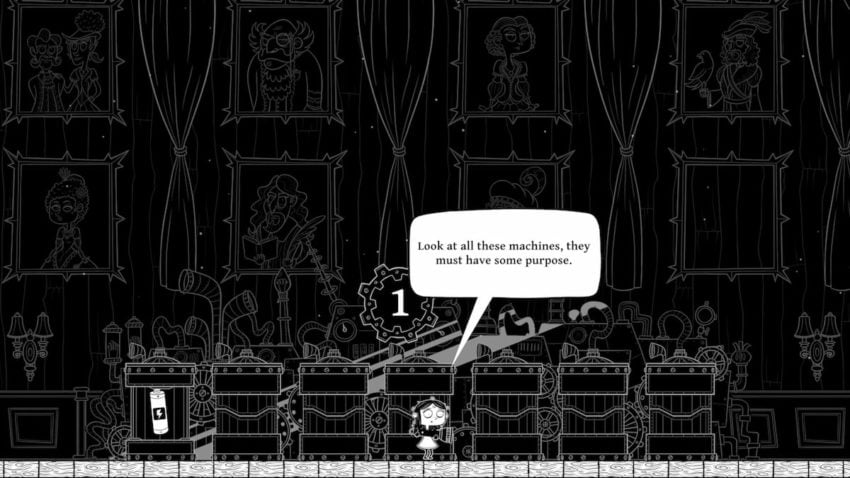
These three tools evolve throughout a player’s progression in the game. There are multiple upgrades available for players to change, from the lightbulb attacks of the flashlight, to how the slingshot projectiles work. They don’t always perfectly meld together, but that’s the experimentation the team wanted players to experience and figure out. “That’s really what we want to emphasize,” Bogdanić said, explaining the number of unique combinations you can do with the different upgrades and how no two runs will be precisely the same.
“The whole concept of our weapons and upgrade system is tinkering,” Neduk said. “It’s really thematic because Victoria herself is a tinker; also, her whole family is based on scientists and tinkers.” Tinkering is in Victoria’s legacy, and the development team wanted players to experience this through the various upgrade possibilities, encouraging someone to experiment and tinker with these options themselves. As you advance through the Bloom mansion, these customization options become available, progressing the story and unlocking the entire home.
Similar to tinkering with these upgrades, a player can customize how they progress throughout the mansion to determine the difficulty, a core concept the team thought about throughout the development process. “A unique thing to our game is how the mansion itself is generated,” Bogdanić said. While other roguelikes focus on a linear progression of levels, and they’re always in the same sequence, Eyes in the Dark does not share this linear progression.
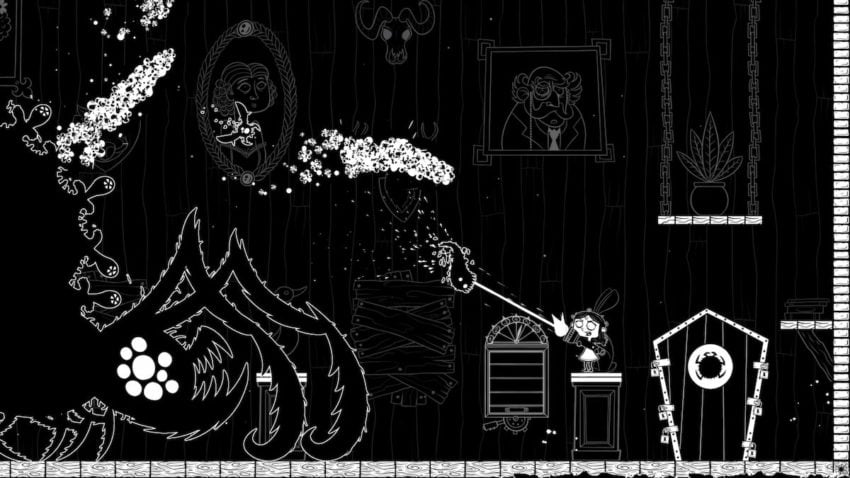
Players can pick the order of zones they want to complete, and before each zone, they must select a perk and an impediment before moving forward. These choices directly affect the game, such as increasing Victoria’s maximum health as a perk or causing enemies to explode after they die as an impediment.
“We were thinking about how to increase the difficulty of the game,” Neduk said. “Are we going to do it as games usually do with each level being more difficult? And we came up with the idea that players choose their own difficulty through perks and impediments, and it was really because of the layout of the mansion.”
There are nines zones within the mansion, each with unique enemies and bosses for players to defeat. Although these foes are the immediate threat, the house was also something the team wanted to explore and present to players — “the house is a character in the game,” Neduk explained. The mansion is always moving for a reason, and it’s thematic why this is happening because Victoria’s ancestors build it. It’s her house.
“A lot of roguelikes have random level generation, and we didn’t want to feel the levels had been generated in a way you couldn’t feel like you were in an actual room, ” explained Bogdanić, adding how the level jumpers were strung together by the team, predesigned to have windows in locations where someone would a expect a window, and smaller details to make the house feel alive. These details required a lot more manual labor by the team.
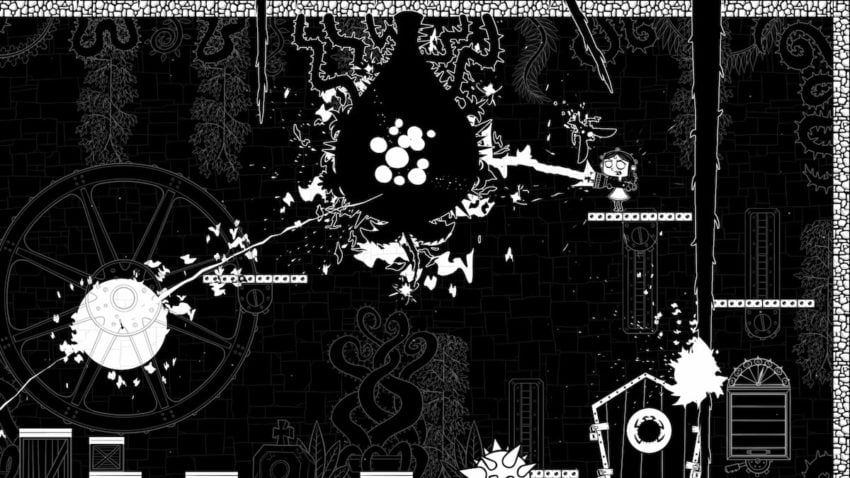
The customization of Victoria’s flashlight reflects the mansion itself, and players must consider their choices before advancing to the next area. The unplanned upgrades and irregular structure of the game make this problematic, but even if a run goes sour, returning to the Bloom mansion becomes a worthwhile endeavor.
These small details blend together in Eyes in the Dark, combining the constantly changing house with Victoria’s diverse weaponry — it’s what makes the game exciting.
When asked about any content the team had to remove before the Eyes in the Dark was released, Neduk shared wanting to explore more items and include more variety for players. “We have a lot of them, but I wanted to explore more options. The way our tinkering is structured, it leaves us really open-ended to do a lot of stuff that we did not have time to explore. That’s a good thing, and we can do that in chunks. If we do additional content for the game, we have a lot of stuff we can experiment with.”
Additional content could happen based on Eyes in the Dark success, and Bogdanić is eager to explore more as the systems in Eyes in the Dark are open-ended to weave in more upgrades and bosses. “Honestly, I think we’ve scratched the surface on some of these things,” Bogdanić hinted. “There’s a lot of room to add more stuff.” With more ideas at the ready from the Under the Stairs team, the future looks bright for Victoria Bloom.

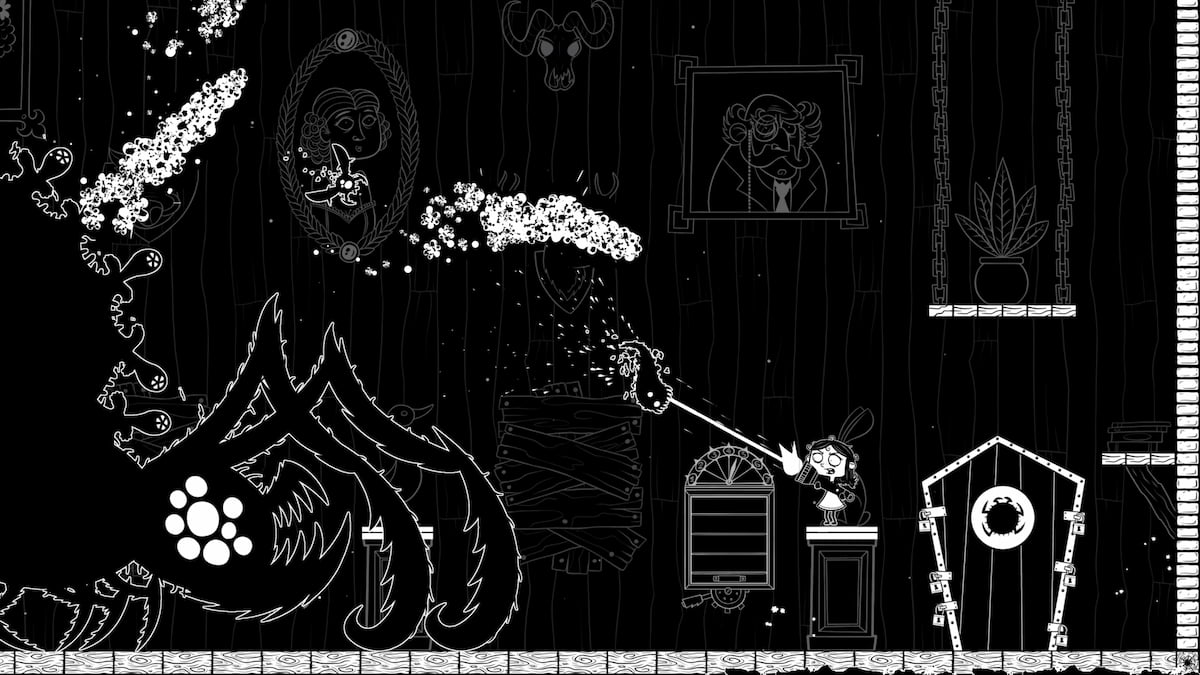
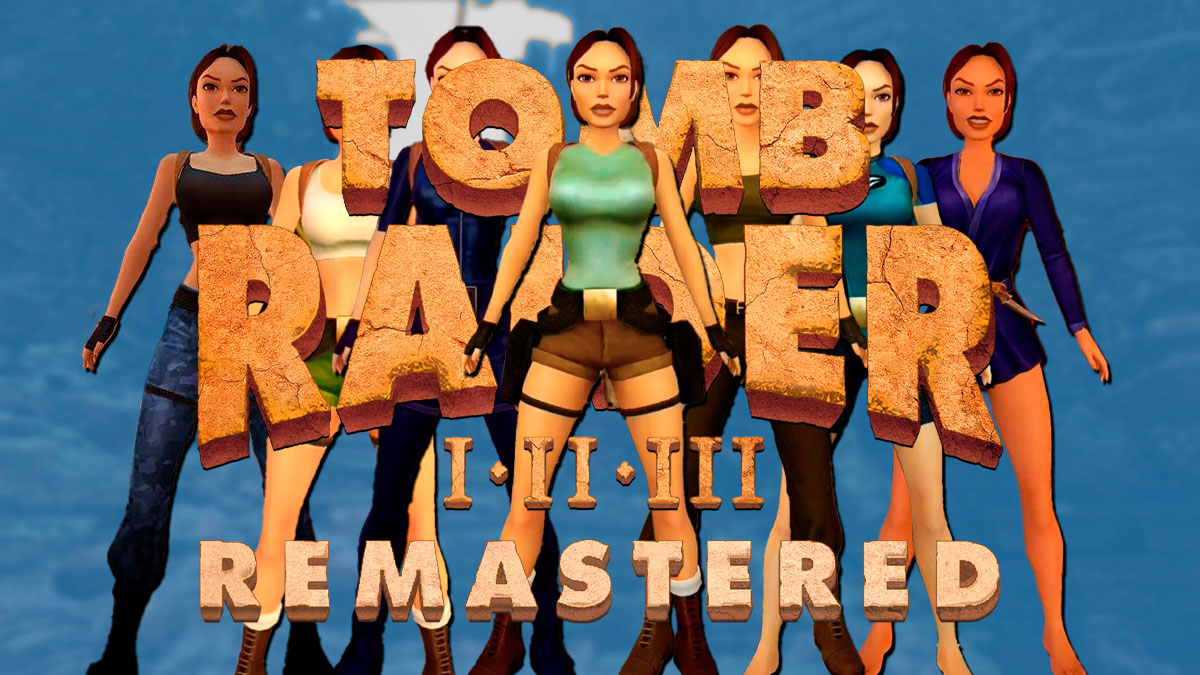
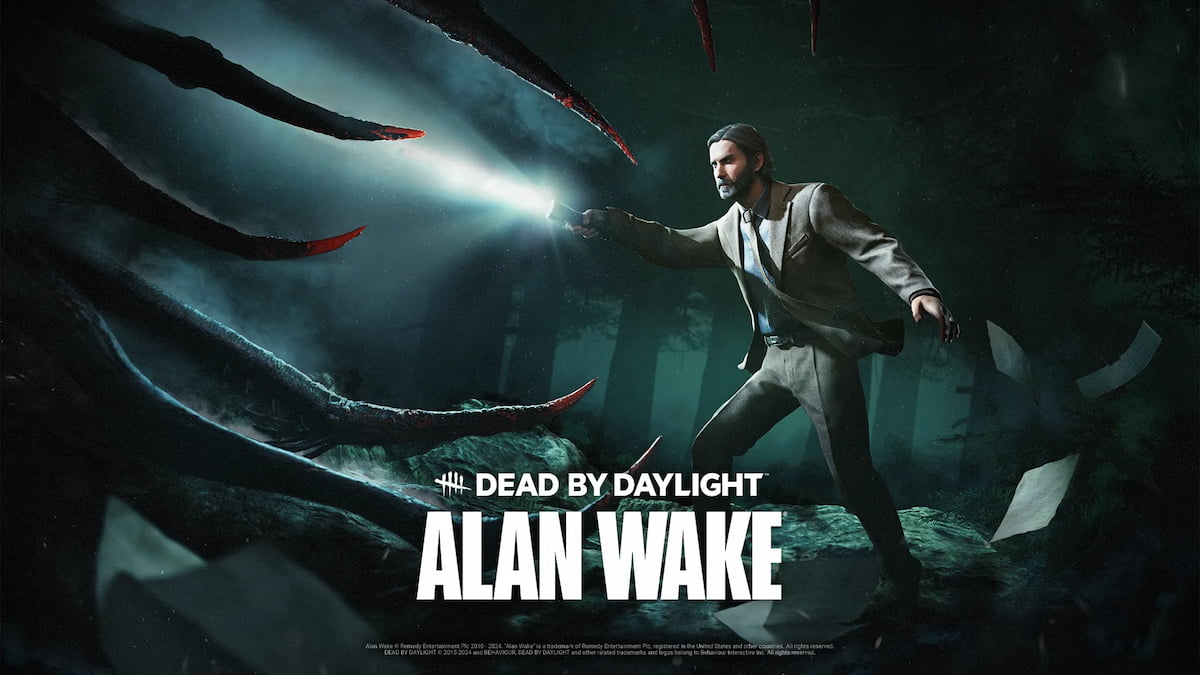
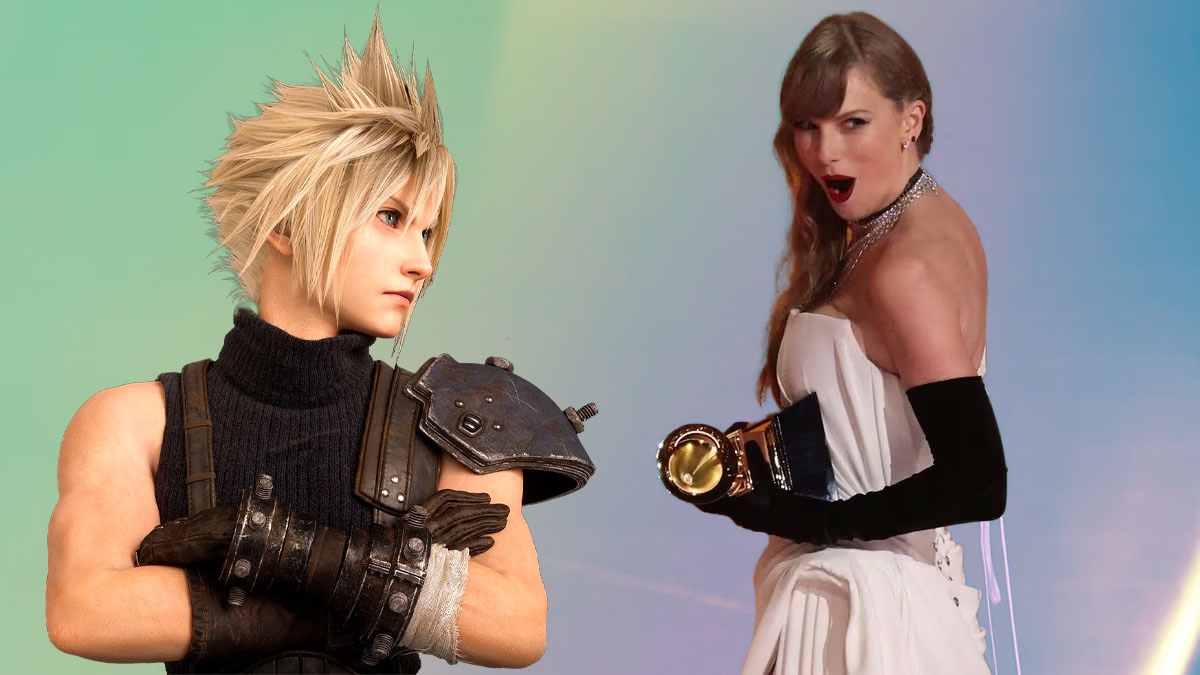


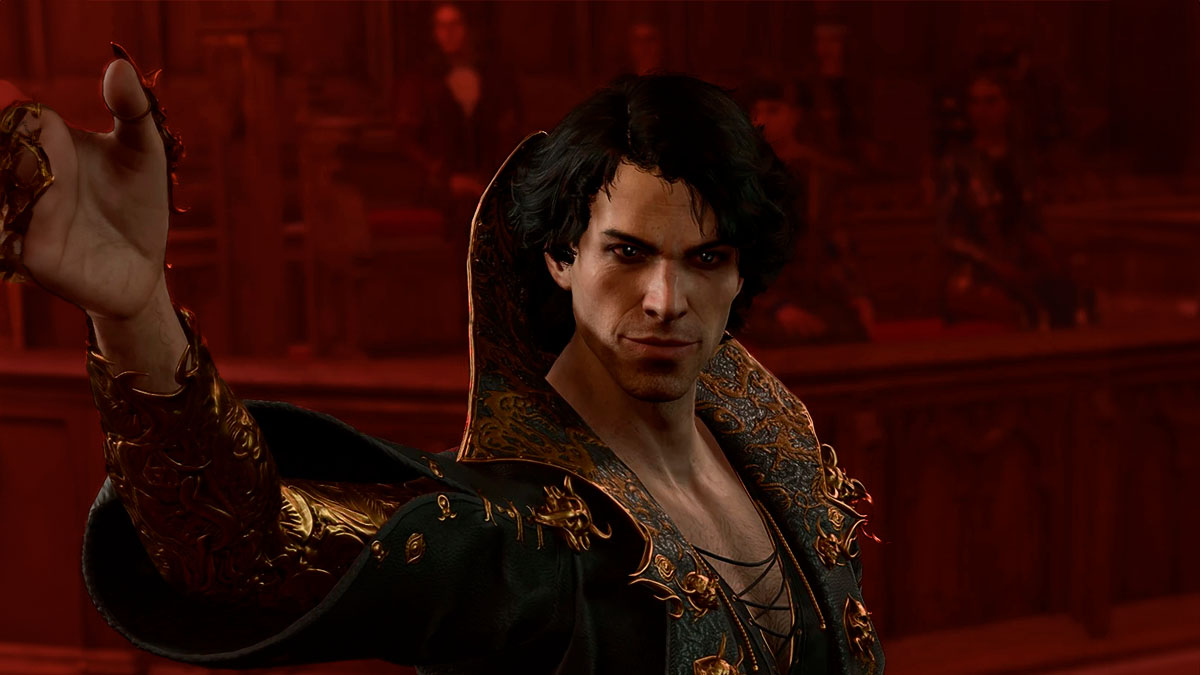

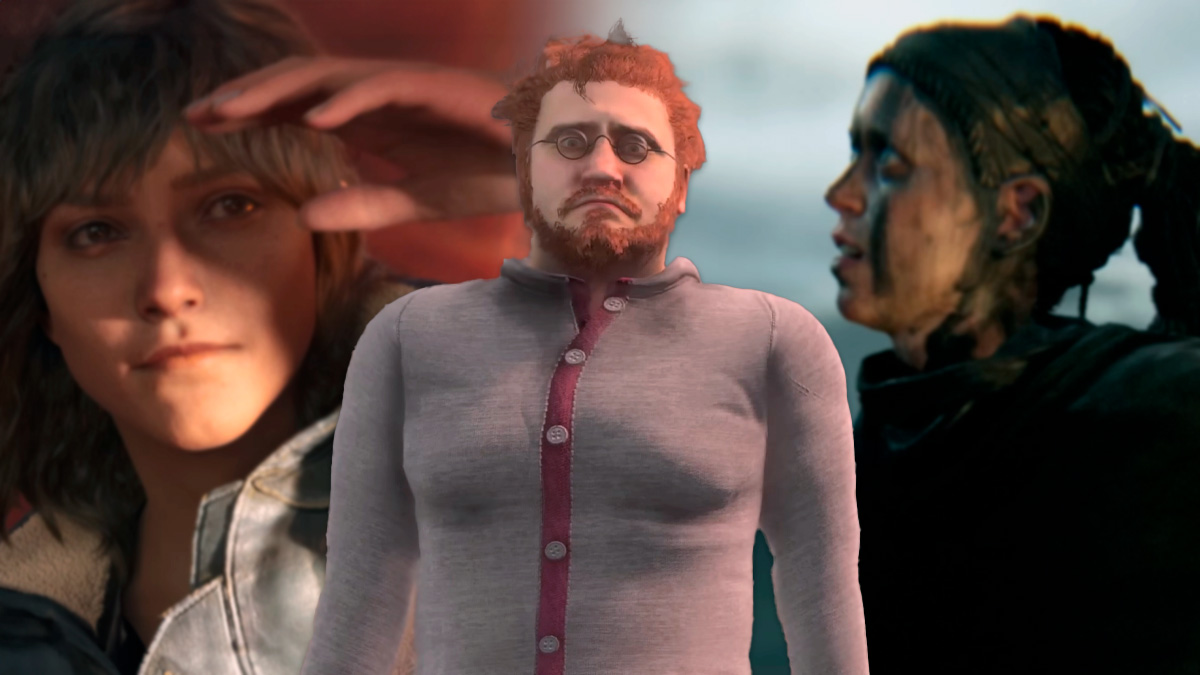
Published: Jul 16, 2022 08:02 am